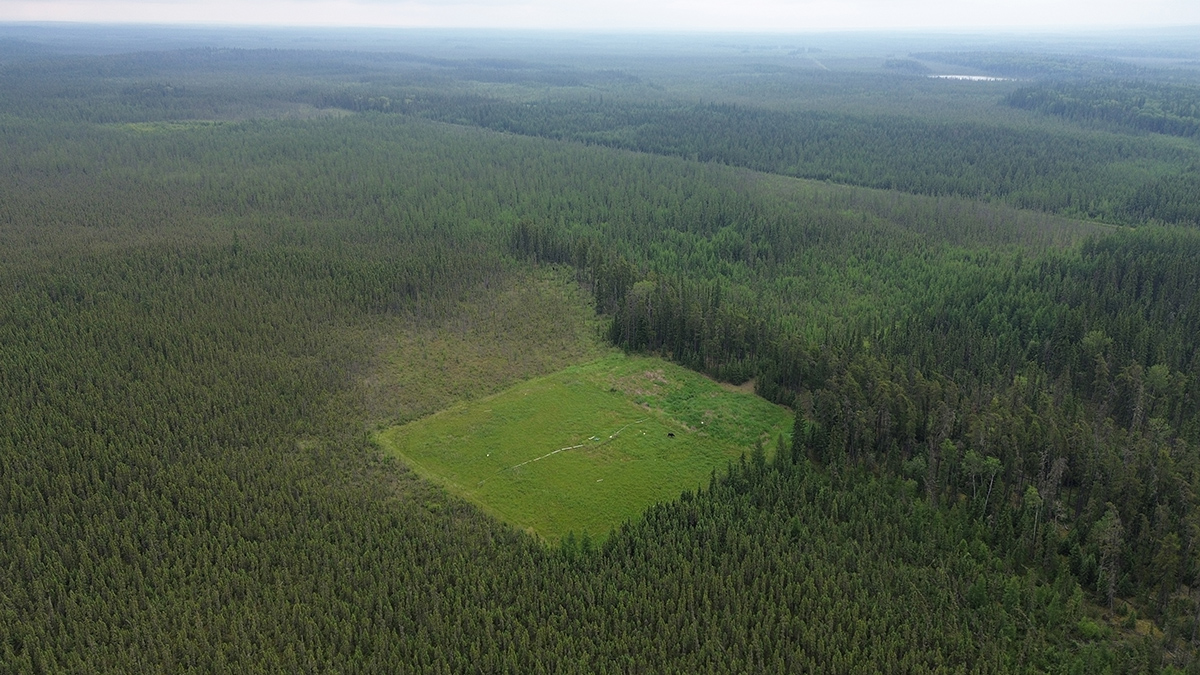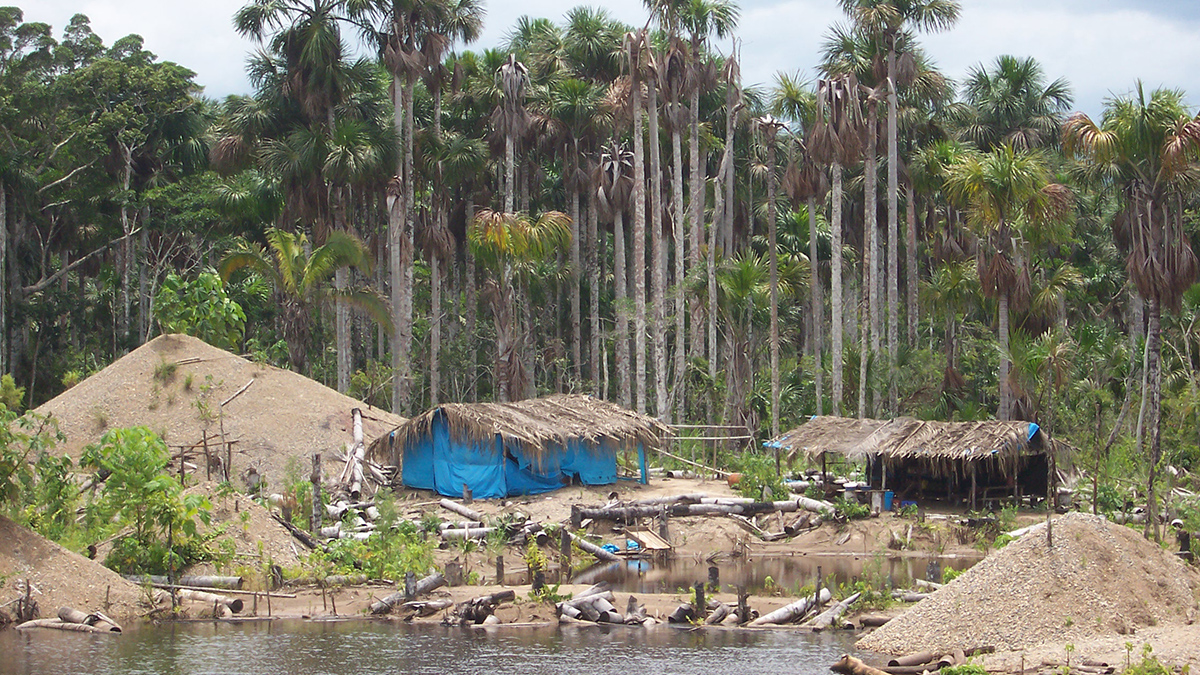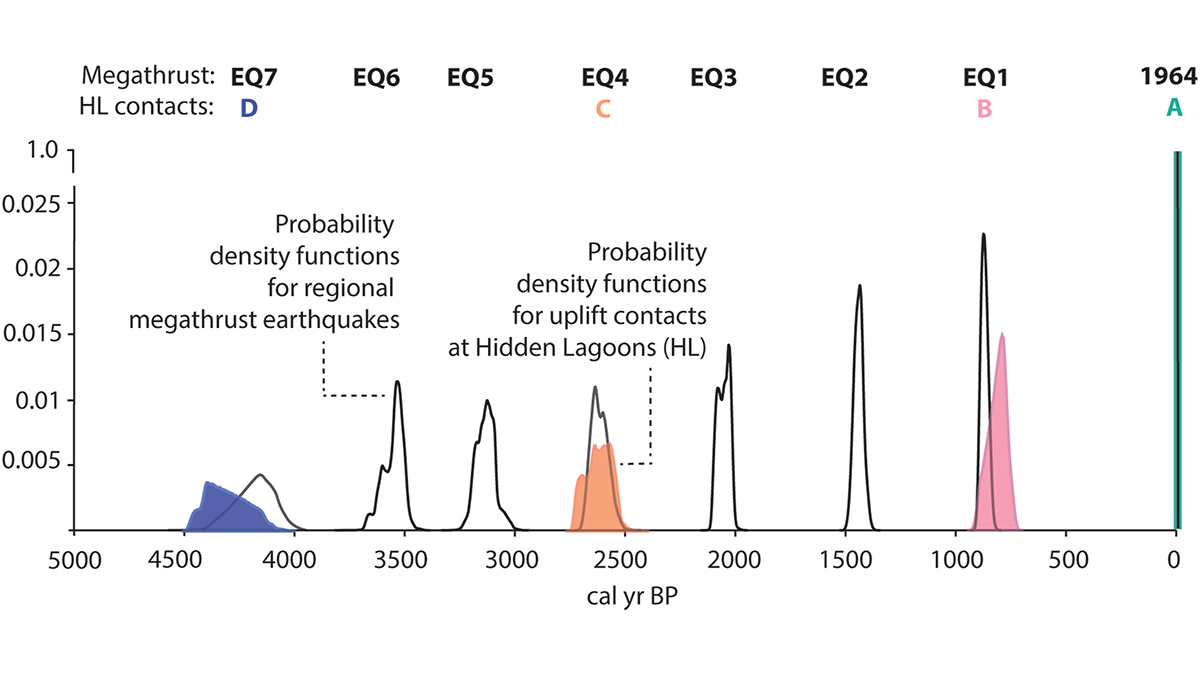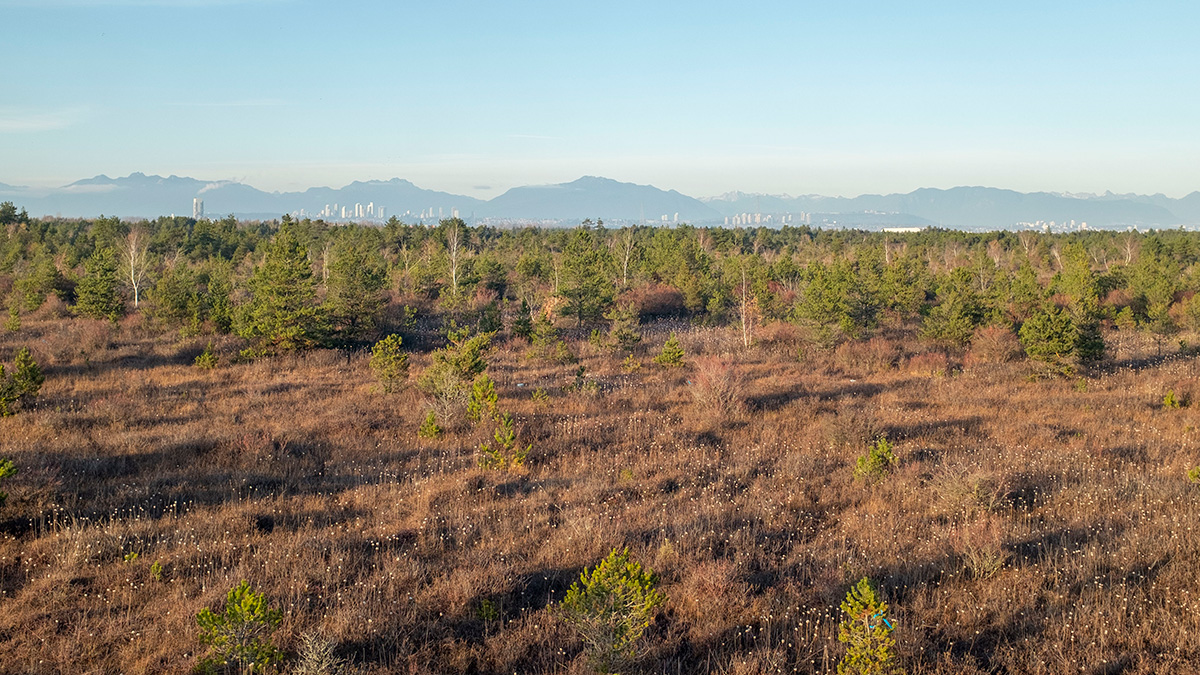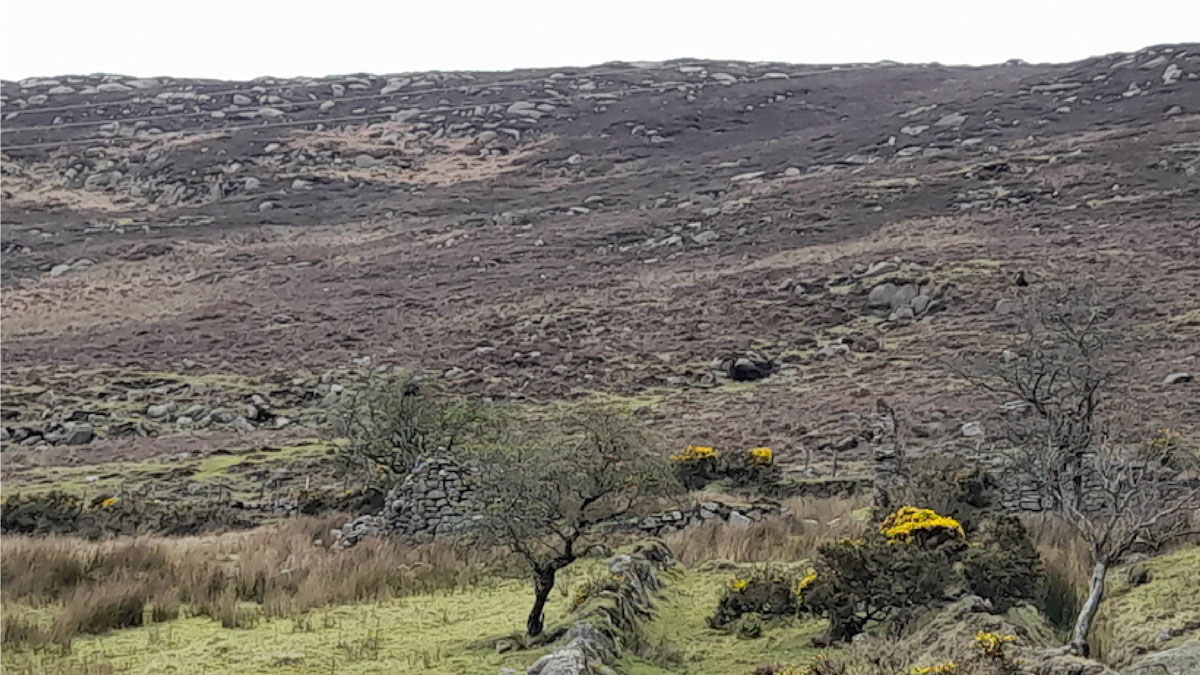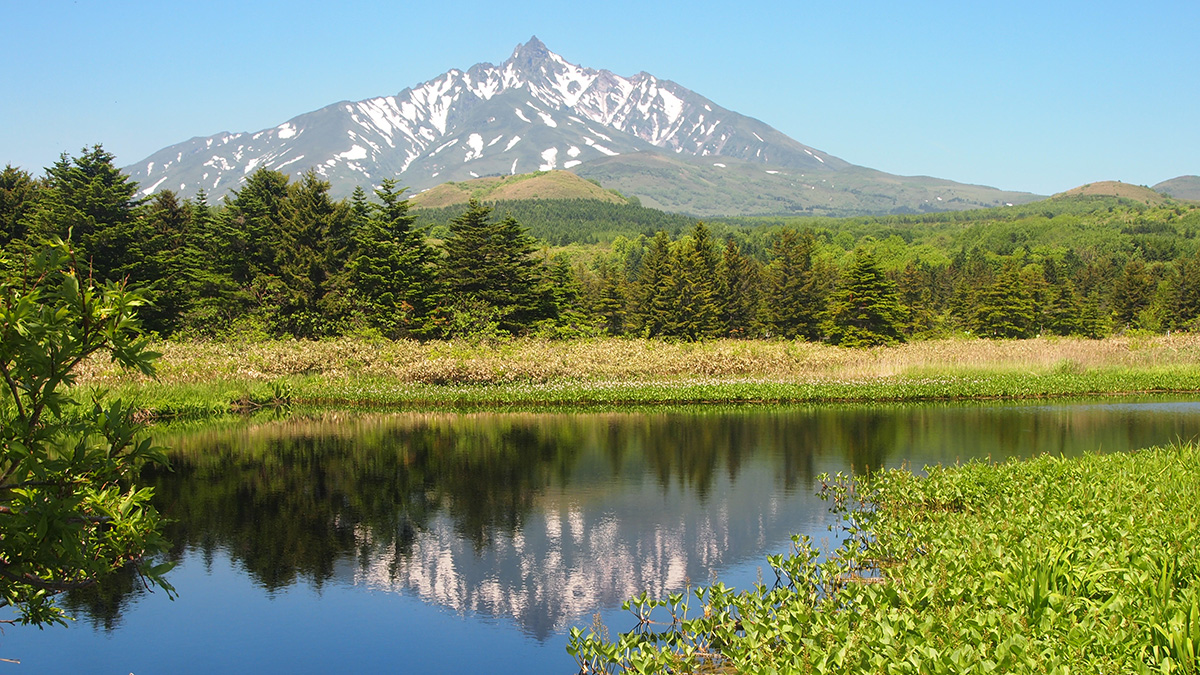With the help of key moss species, a new approach aims to restore the fens of the Western Boreal Plain.
peat
Artisanal Gold Mining Is Destroying Amazonian Peatlands
A new analysis of archived satellite imagery has revealed that the growing presence of small-scale mining in the Peruvian Amazon is threatening carbon reserves and unique ecosystems.
Peatland Plantations in Southeast Asia are Carbon Hotspots
A new study reports a rare set of data on greenhouse gas production and transport for a tropical peatland plantation showing exceptionally high concentrations of dissolved organic carbon.
Repeated Coseismic Uplift Above the Patton Bay Splay Fault, Alaska
Stratigraphic and diatom analyses suggest ruptures of the Patton Bay splay fault occurred together with half of the documented great Alaskan megathrust earthquakes during the past 4,200 years.
Warming Experiment Explores Consequences of Diminished Snow
The SPRUCE ecosystem in northern Minnesota offered a setting to research exactly how a snowy environment responds to rising temperatures.
The Burning Tundra
As wildfires blaze through the Arctic, scientists examine the role of landscape characteristics on wildfire ecosystem responses in northern aquatic ecosystems.
Exploring Carbon Emissions in Peatland Restoration
Rewetting bogs can increase methane emissions in the short term, but ultimately the approach helps restore peatlands and create larger carbon sinks.
Peeking at Peatlands: Satellite Data Fuel New Findings
Researchers are combining hard-to-get field measurements with satellite imagery to gain new insight into where peatlands are and how they work.
Peat Uncovers a Uniquely Resilient Irish Community
Researchers reveal an abandoned settlement in Northern Ireland that showed unusual resilience during calamities including epidemics, famine, and climate change.
Climate and Currents Shaped Japan’s Hunter-Gatherer Cultures
New climate records from a peat bog show how two neighboring cultures responded differently to shifts in climate and ocean currents.

